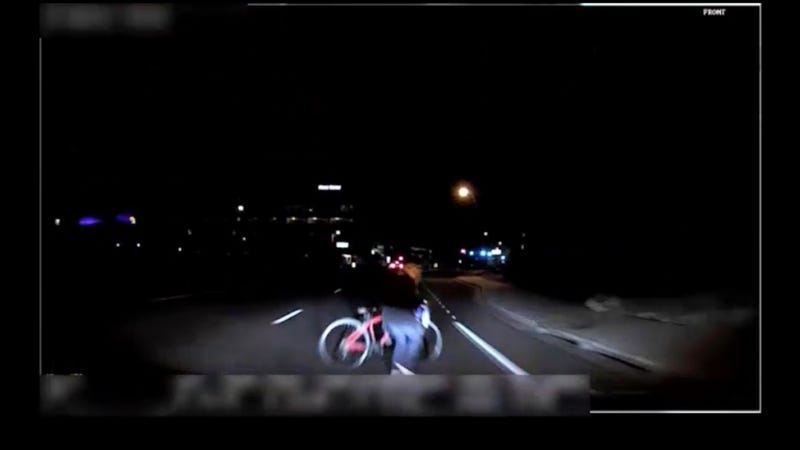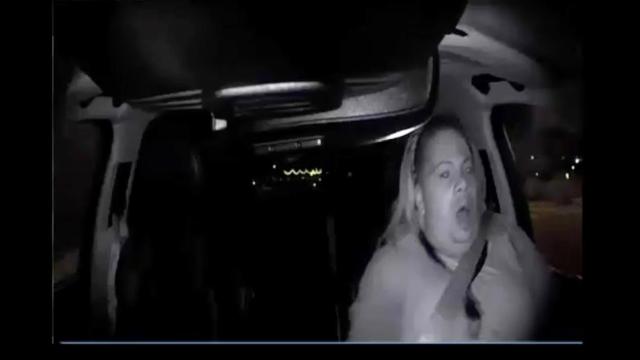Rafaela Vasquez, the operator of a self-driving Uber vehicle that was the first-ever involved in a pedestrian fatality, has pleaded guilty to endangerment in the criminal case that followed the crash. The guilty plea, filed nearly five years after Vasquez’s fatal collision with a woman crossing a street with her bike, provides an answer in a longstanding debate over who was to blame for a supposedly autonomous vehicle harming a person. In this case, it’s the human.
As part of her plea deal, Vasquez avoids prison time by agreeing to three years of supervised probation. Endangerment carries a far less severe sentence than she could have received under the negligent homicide charge prosecutors originally levied against her.
“The defendant in this matter was responsible for the operation of a vehicle on our city streets that ended with a woman being killed,” Maricopa County Attorney Rachel Mitchell said in a statement. “We believe the Judge ordered an appropriate sentence based on the mitigating and aggravating factors.”

What happened with the Uber self-driving car in Arizona?
The five-years-long legal battle over assigning blame to the fatality presented a clear, real-world manifestation of a once academic, philosophical debate. Prosecutors alleged Vasquez, who was an operator monitoring Uber’s self-driving capability capabilities, was on her phone watching the talent show The Voice just moments before striking the pedestrian in Tempe, Arizona in 2018. Vasquez’s attorneys took issue with that characterization, though, and claimed she was merely listening to show and checking company Slack messages on another device.
At the same time, the National Transportation Safety Board released a 400-page investigation into the incident where it claimed Uber’s self-driving vehicle lacked programming to either recognize or respond to the presence of jaywalkers on the road and failed to hit the brakes. The report found multiple “safety and design lapses” on Uber’s part but stopped short of categorically blaming it for the crash. The report instead listed Vasquez’s alleged distraction as the “probable cause” of the crash. Uber and Vasquez did not immediately respond to Gizmodo’s requests for comment.
The outcome marks a macabre win for Uber, which tried to turn the page on its troubled adventures in self-driving vehicles. For a time, the ride-hailing company was in a heated race with Waymo and other advanced autonomous vehicle makers to develop vehicles capable of shuttling customers to and from destinations without a driver. Uber sunk hundreds of millions of dollars into the project as a potential path to major profitability but ultimately handed over the keys to startup Auro in 2020 after painfully navigating through years of contentious lawsuits and regulatory drama. Ironically, Waymo, which sued Uber for allegedly stealing trade secrets, is planning to offer robo-taxi rides through its former foe’s app in Arizona later this year.
Semi-autonomous driver systems like those offered by Tesla have only grown in popularity in the years since and have led to an uptick in accidents and deaths. An NHTSA report released last year found 392 reported crashes involving Level 2 advanced driver assistance technology. Those crashes resulted in at least six deaths and five serious injuries.
